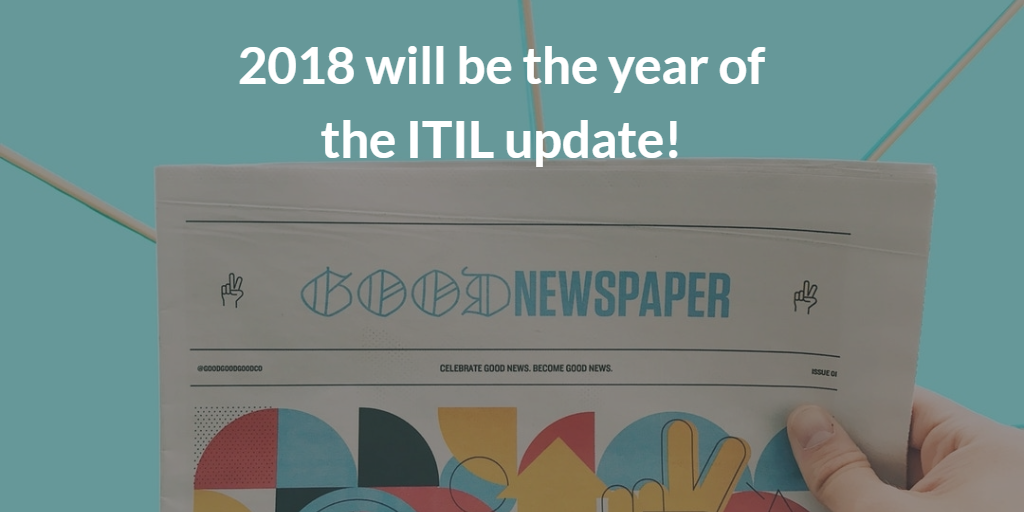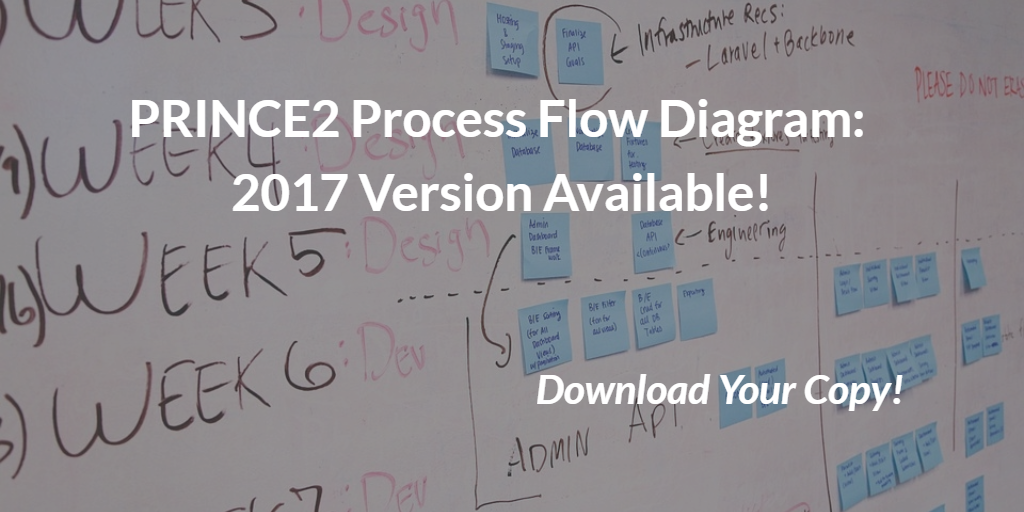News
View the latest inspiring and positive news and information about what's going on in the PM and IT world.

At QRP International we are committed to provide the best quality of training as well as the broadest offer, to make sure we can answer to our customers' needs.
This is what we kept in mind when working to prepare the new 2018 training calendar, now available at this link to be checked out: find out all upcoming dates for your Project, Programme, Portfolio, PMO, IT and Change Management training!
OUR TRAINING OFFER
As ATO (Accredited Training Organization) QRP Internationals offers the full range of Project, Programme, Portfolio, PMO and Change Management accredited training:
- Project Management: PRINCE2, AgilePM, PRINCE2 Agile, PMP, Scrum
- Programme Management: MSP
- Portfolio Management: MoP
- PMO Management: P3O
- Change Management: Change Management
- IT Service Management: ITIL
NEED TO TRAIN YOUR TEAM?
Looking for an easy and efficient solution to train your team of colleagues, or department? Get in touch to discover our in-house, tailored and customized solutions!

A big news was released few days ago by Axelos, the joint venture company, created in 2013 by the Cabinet Office, and owner of ITIL.
"Over the last 18 months we have embarked on a programme of extensive research (30+ global workshops engaging with over 300 partners, professionals and SMEs so far), and we recognise that this update cannot be done without the cooperation and input from our valued partner network. We are keen to work with you all to ensure that the new guidance will support you and your customers."
What we know so far about the ITIL Update:
- The core elements of ITIL will remain and will continue to derive from the experiences of thousands of specialists and experts. Research has confirmed that ITIL remains best practice for the ITSM industry.
- The Update will include practical guidance on how ITIL is adopted in conjunction with practices such as DevOps, Agile and Lean.
- Individuals who have already certified will have their current certifications recognised in the new scheme.
A COMMUNITY-LED INITIATIVE: GET INVOLVED!
Axelos actively encourages practitioners to provide insight and feedback to directly influence the update via the Global Research Programme. Currently more than 650 members have signed up to the programme. Sign up too!

The end of the year is coming closer and many professionals do their best to get certified before the end of the 2017, to start off the new year with the right foot!
Here below a list of all confirmed courses until December: you can find Project, Programme, Portfolio, IT Management and AgilePM courses available!
CONFIRMED COURSES IN NOVEMBER
- Project Management - PRINCE2 - French: 13-14-15-16-17 November (Luxembourg) - Info
- IT Service Management - ITIL - French: 15-16-17 November (Luxembourg) - Info
CONFIRMED COURSES IN DECEMBER
- Project Management - PRINCE2 2017 - English: 4-5-6-7-8 December (Luxembourg) - Info
Looking for a way to train a group of people, like your team or department? Get in touch!

- Auditory learning: learning through listening and hearing. The expert trainer explains the matter, focusing on the most important parts of the Project Management methodology, highlighting tools and techniques.
- Visual learning: in order to better understand the ideas and concepts, drawings on flip charts can be an important tool to integrate new information. If we take the example of a PRINCE2 training, imagine what impact could have a drawing that explains you the difference between outputs, business change, outcomes and benefits. A picture says more then a thousand words. In some cases, you will even see that these drawings are put on the walls in the training room and are continuously used by the trainer when he/she comes back to this topic.
- Kinesthetic learning: this is what we call “learning by doing”. Classrooms are ideal places to exercise on how to put the theory into practice. Let's take the example of an AgilePM training: an important tool is the PRL (Prioritized Requirements List). What better way to understand how to create this list then to do this in group during the course? It’s a first-hand experience that will help you to put it into practice when you’re back in the office.

- Project managers: anyone who is applying PRINCE2 at work would benefit from having a clear and graphic overview of the method.
- Course delegates: QRP International provides an A3 Process Map version as part of the training material during our courses, both classroom and distance learning.
PRINCE2 2017: a Renewed Process Map, updated to NEW Version
PRINCE2 is firmly established as the world’s most practiced method for project management and is globally recognized for delivering successful projects. In July 2017 AXELOS released the first major update to PRINCE2 since 2009, with the 2017 version of the method: this brings along a new PRINCE2 guidance and new Foundation and Practitioner examinations. The 2017 update of PRINCE2 builds on the proven strength of PRINCE2, so the following key elements remain unchanged:- 7 Processes forming the project management
- 7 Principles forming the basis of good method of managing projects
- 7 Themes, knowledge areas which support specific key areas of project management
Download your version!
Our PRINCE2 Process Map is available for download: don't miss this chance!
More on PRINCE2: Literature, Articles and Case Studies
QRP International has a full selection of recommended reading for professional qualifications: check out our Literature page to stay up to date with the latest publications on Project, Programme, Portfolio and Change Management. Furthermore, our commitment is to share with the community practical cases and real life scenarios about the methods, as well as white papers that illustrate the features of each Best Practice: check out our Articles & Case Studies page to find valuable content, easy to download!
- The “Future of Project Management Professional” report from Axelos identifies the key trends that will impact the project, programme and portfolio management profession, and refers to Democratization of Project Management: “76% of project managers believe project management will become a basic business skill.” This means that Project management will more and more become a basic business skill: every aspect of our roles can be considered in terms of project managing and delivering. “Project management will be used widely by individuals across the whole organization and will be seen as a valuable business skill. This democratization of project management will only enhance the value of project managers, setting them apart as professionals as they evolve their roles to be more strategic and effect change within the business.”
- The “Axelos 2017 PPM Benchmarking Report” has the interesting and insightful title “The value of Project Management Excellence”. This research has identified a lot of challenges facing project managers, but there were also some positive findings too, especially around ongoing development. Continuing professional development (CPD) an activity that is commonly associated across professions such as accountancy, medicine and law and that, however, the majority of project managers recognize as very important for the continuous improvement. The only thing that could hold them back is a lack of investment from organizations; but, if you delve deeper, both individuals and organizations are on the same page: individuals want to do their job more effectively and organizations want to improve the effectiveness of their teams.






